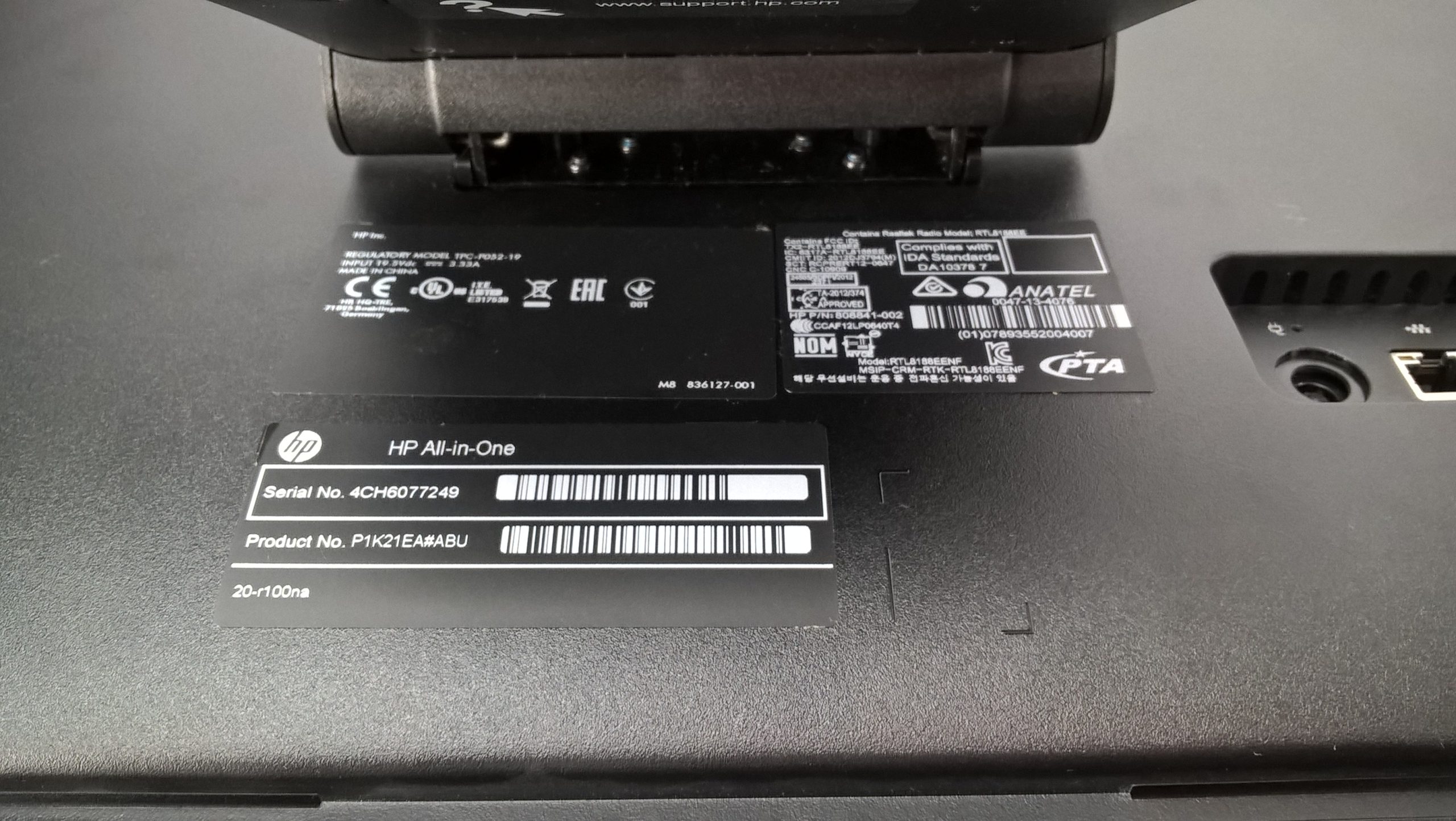Understanding the TLS Handshake: Unlocking the Security Behind Your Web Browsing
When you browse the web, you may have noticed a small padlock icon in your browser’s address bar denoting a secure connection. But what exactly happens behind the scenes to achieve this secure communication? In this post, we’ll explore the TLS (Transport Layer Security) handshake process, which is pivotal in securing your online activities.
To illustrate the process, I recommend keeping an infographic open in another tab. You can find it here. This visual guide will help clarify the messages exchanged between your web browser (the Client) and the website you are visiting (the Server) during the TLS handshake.
Setting the Stage for Security
Before we dive into the handshake details, it’s important to understand two main objectives of the SSL/TLS protocol:
- Authentication: Ensuring that the server you connect to is indeed who it claims to be.
- Session Key Establishment: Creating secure keys for the data transfer that follows.
Additionally, it’s crucial to differentiate between “Records” and “Packets.” A Record is a unit of information exchanged during the handshake, while a Packet may contain multiple Records, or a single Record may span multiple Packets.
Also, familiarity with some basic cryptographic concepts will enhance your understanding of the handshake process:
While we won’t detail these concepts here, check out the linked videos if you’d like to learn more about them before we move forward.
The Handshake Process Explained
1️⃣ Client Hello
The TLS handshake kicks off with the Client sending a Client Hello message. This message contains five critical fields:
- SSL Version
- Random Number
- Session ID
- Cipher Suites
- Extensions
Each of these components plays a vital role in establishing a secure connection.
SSL Version
The Client indicates the highest version of SSL/TLS that it supports (e.g., TLS 1.2, TLS 1.3). The server will respond with its supported version, and the two
Share this content:




It looks like you’re exploring the details of the TLS handshake process. If you’re troubleshooting connection issues or trying to understand how the secure padlock is displayed in your browser, here are some points that might help:
Understanding the handshake steps as outlined in your post can greatly assist in pinpointing issues. If you need more specific guidance on modifying server settings, configuring certificates, or analyzing handshake captures, please provide details about your setup, and I’ll be happy to